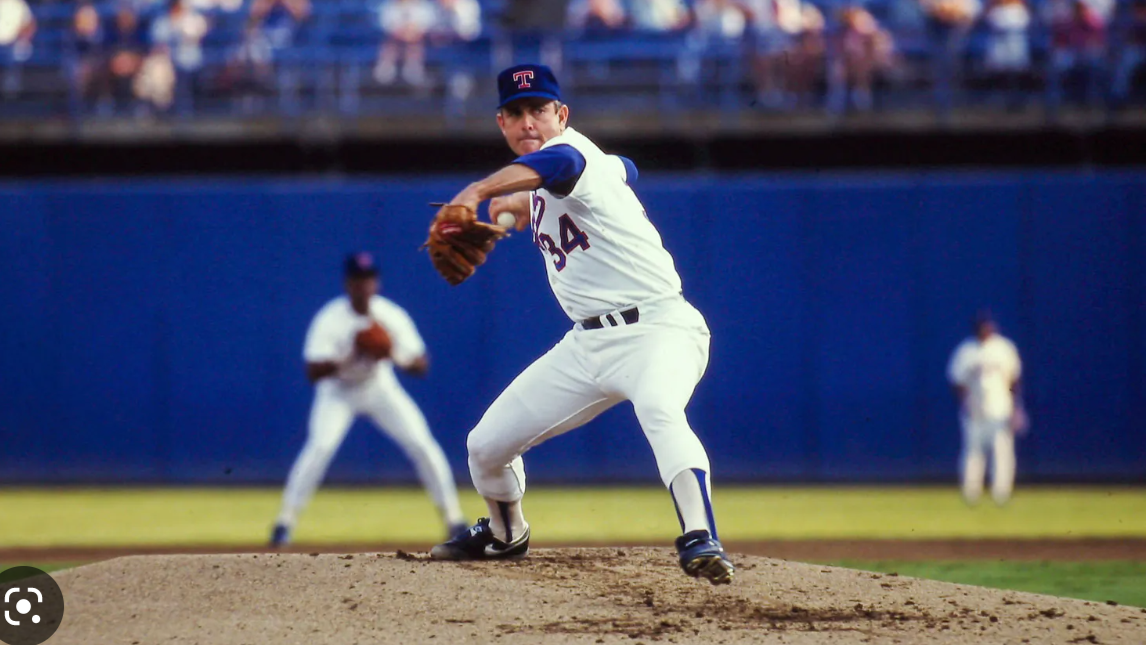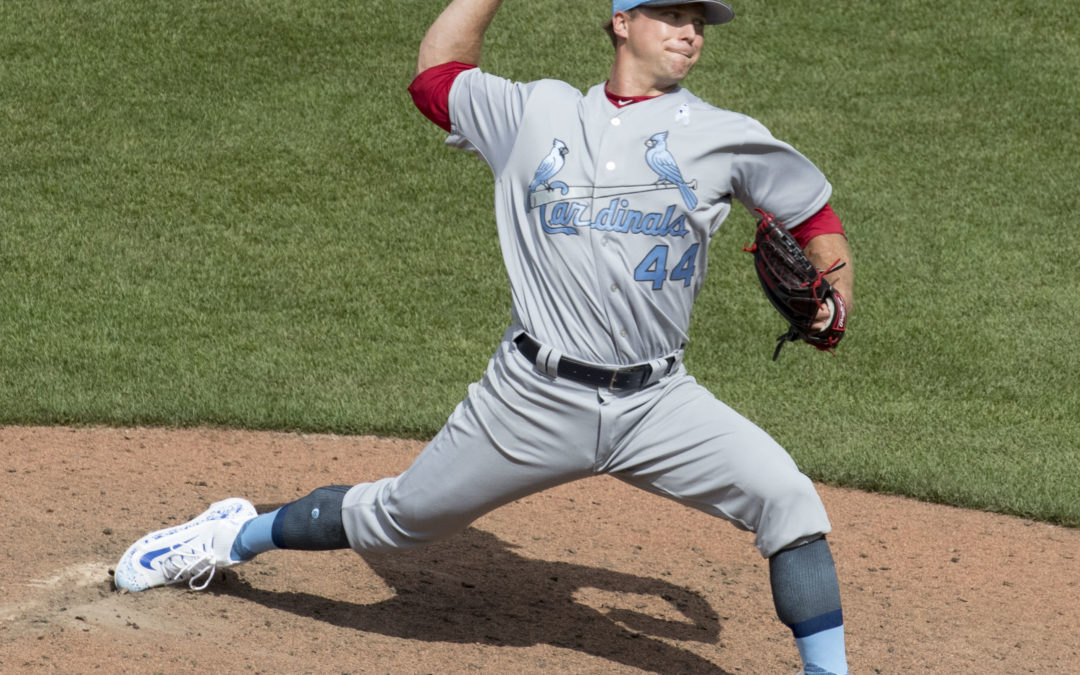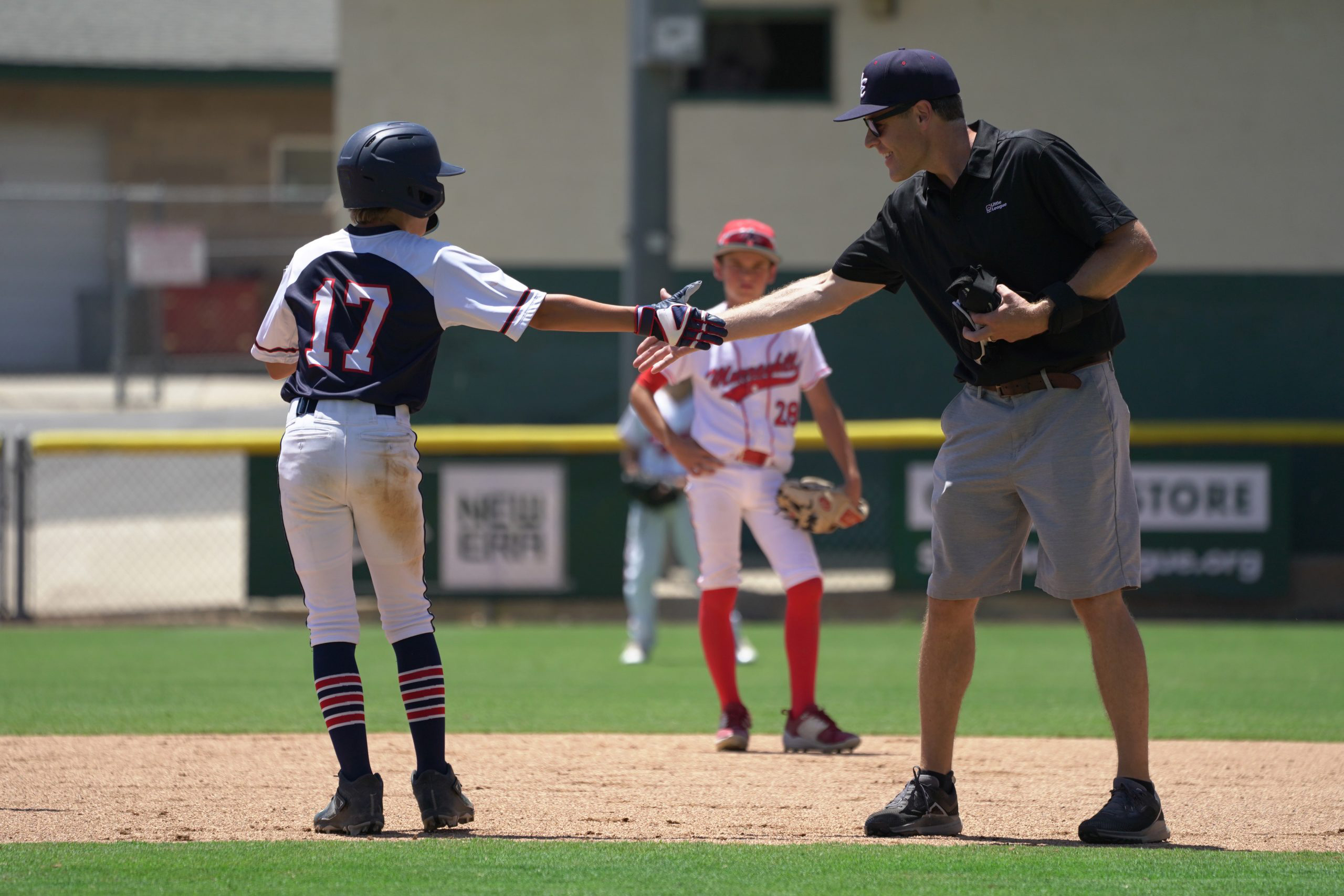
The load-phase in a baseball hitter’s swing is the crucial first step that sets the stage for the rest of the action. It’s when the batter shifts their weight to the back foot and coils their body, creating tension and energy that will be released to generate power and speed during the swing. This phase helps ensure that the hitter is in a balanced, ready position, which is essential for making optimal contact with the ball. Without a proper load-phase, a hitter may struggle to generate the power or control needed for a successful swing.
Why the Load-Phase Is So Important

Timing is everything in the load-phase, and getting it right is crucial for the success of the entire swing. If the load-phase is too early, the batter might waste some of the energy they’ve built up, and the power won’t transfer into the swing as effectively. On the flip side, if it’s too late, the batter might not generate enough power or time to make proper contact with the ball.
Timing also plays a role in helping the hitter synchronize their body movements with the pitcher’s delivery. A well-timed load-phase gives the batter more time to recognize the pitch and make a more informed decision on whether to swing. The earlier the load-phase, the more time the batter has to react, which can improve their ability to make solid contact with the ball.
In essence, the load-phase is the foundation of a successful swing. Getting the timing right is one of the key factors that can make the difference between a great hit and a strikeout.
Tips for Improving Load-Phase Timing

If you want to master the load-phase timing, here are some useful tips to help you get there:
1. Practice with Purpose

When you’re working on your swing, focus specifically on your load-phase. Don’t just go through the motions. Pay attention to how you’re shifting your weight, coiling your body, and when you’re starting the load-phase in relation to the pitcher’s delivery. This focused practice will help build better timing for your swing.
2. Use a Metronome

A metronome is a simple yet effective tool to help you develop consistent rhythm in your load-phase. Set it to a tempo that feels comfortable, and practice maintaining that rhythm throughout your swing. This can help you stay in sync and build better timing over time.
3. Focus on Your Body Movement

During the load-phase, make sure you’re shifting your weight correctly to your back foot and coiling your body the right way. Pay attention to how your body is moving and adjust accordingly to make sure you’re generating the necessary power and control for your swing.
4. Use Video Analysis
![Mobile Virtual Panorama: Smartphone-enabled sports video capture & analysis - Spiideo [IT]](https://www.spiideo.com/app/uploads/sites/4/2022/05/spiideos-mobile-virtual-panorama.jpeg)
Recording your practice sessions can be a great way to spot any timing issues with your load-phase. Watching yourself swing can help you identify areas where you’re off and give you a clearer sense of how to improve.
5. Work with a Coach

A coach can be a huge help when it comes to improving load-phase timing. They can give you personalized feedback and pinpoint any mistakes you might not notice on your own. Having a second set of eyes can really help fine-tune your technique.
6. Practice Under Game-Like Conditions

The more closely you can replicate the conditions of an actual game, the better. Try to practice with the same timing pressures that you’d feel during a real game. This can help you get more comfortable with the speed and rhythm of pitching and build better timing in high-pressure situations.
7. Practice with Pitching Machines and Soft-Toss

Using tools like Louisville Slugger Pitching Machines can be especially helpful in practicing your load-phase. For example, when using a pitching machine, the person operating the machine should simulate the pitch with an arm motion as the ball is released. This mimics the natural timing of a pitch and helps you develop better rhythm.
For soft-toss drills, use a system where you can trigger the load-phase with an audible sound or motion, like the Louisville Slugger Soft-Toss. This machine is designed with an audible click and ball motion that closely mirrors the timing of a pitch, making it a great tool for helping batters focus on their load-phase timing.
FAQs: Load-Phase Timing for Baseball Hitters
Q: What exactly is the load-phase in baseball hitting?
A: The load-phase is the initial movement before the swing, where the batter shifts their weight to their back foot and coils their body. This movement builds tension and energy, which will be used to generate power and speed during the swing.
Q: Why is timing the load-phase so important?
A: Proper timing ensures that the batter generates maximum power and control. If the load-phase is too early, the energy will be wasted, and if it’s too late, there won’t be enough time to generate power or make solid contact with the ball.
Q: How can I improve my load-phase timing?
A: Focus on purposeful practice, use a metronome to develop rhythm, and pay attention to your body movements during the load-phase. Video analysis and working with a coach can also help you identify any issues. Practicing under game-like conditions can further improve your timing.
Q: Can a pitching machine help with load-phase timing?
A: Yes, a pitching machine can help by providing consistent, repeatable pitches that allow you to focus on your load-phase timing without worrying about the variability of a pitcher. Machines like the Louisville Slugger Pitching Machine or Soft-Toss system can simulate the timing of a real pitch and trigger your load-phase effectively.
Q: How long will it take to improve my load-phase timing?
A: Improving your load-phase timing takes time and consistent practice. It’s not something that will happen overnight, but with focus and persistence, you’ll develop better timing and more consistency in your swing.
Conclusion
Mastering the load-phase timing is one of the most important steps in becoming a better baseball hitter. It’s all about developing a solid foundation for your swing, giving you the power, control, and timing necessary to make solid contact with the ball. By practicing with a purpose, using the right tools like pitching machines, and focusing on body movement, you can improve your timing and swing mechanics. With persistence and dedication, your load-phase timing will improve, helping you become a more confident and effective hitter.

